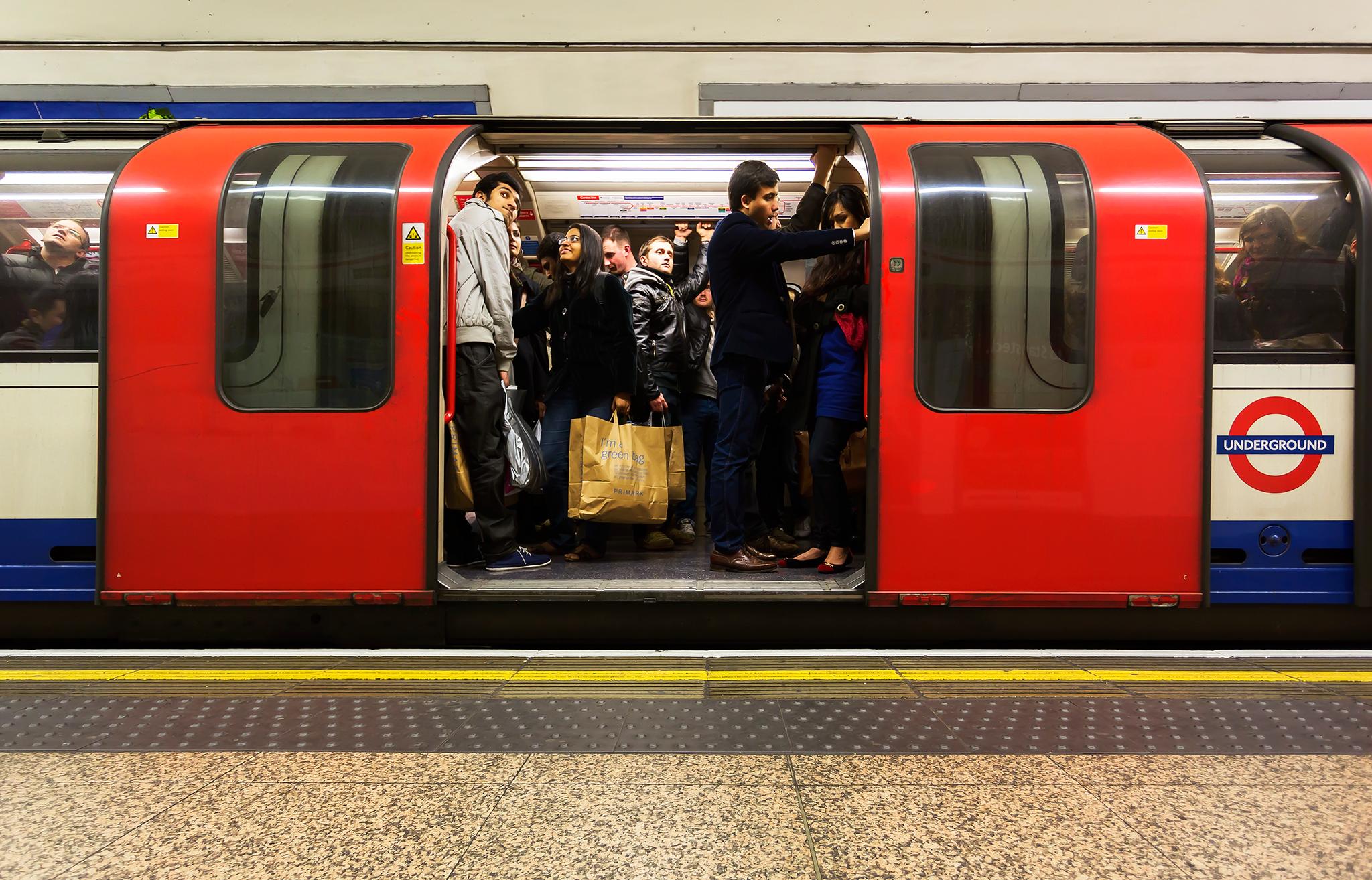
Nine of the world's most dangerous superbugs are among a "hotbed of Bacteria" on London's Tube network, scientists have warned. Dr Matewele added: "Bacteria from rodents like rats and mice were also found upon tube lines, along with bacteria found in faeces and bacteria from sewage. The Victoria line was the worst offender with 22 different types of bacteria found on board, including four of the world's most threatening bugs. They found 121 different bacteria and moulds in total, with the Underground the dirtiest way of travelling around the city. In total, nine bacteria from the World Health Organization's list of drug-resistant bacteria that pose the biggest threat to human health were found on the Tube.
Nine antibacterial-resistant superbugs found on the London Underground
Seats on seven London Underground lines are never washedMany of them are anti-biotic resistant Bacteria that the World Health Organisation has listed as posing the greatest threat to human health. 'Bacteria from rodents like rats and mice were also found upon tube lines, along with traces of faecal bacteria and bacteria from sewage. Resistant bacteria has been found on the London Underground (Picture:. As well as the life-threatening bugs, we're likely to be touching other people's faecal bacteria and harmful bacteria, according to the London Metropolitan University. The Victoria line wore the crown as the dirtiest branch with 22 different types of living bacteria, including four from the WHO's priority list.collected by :Lucy William
No comments:
Post a Comment